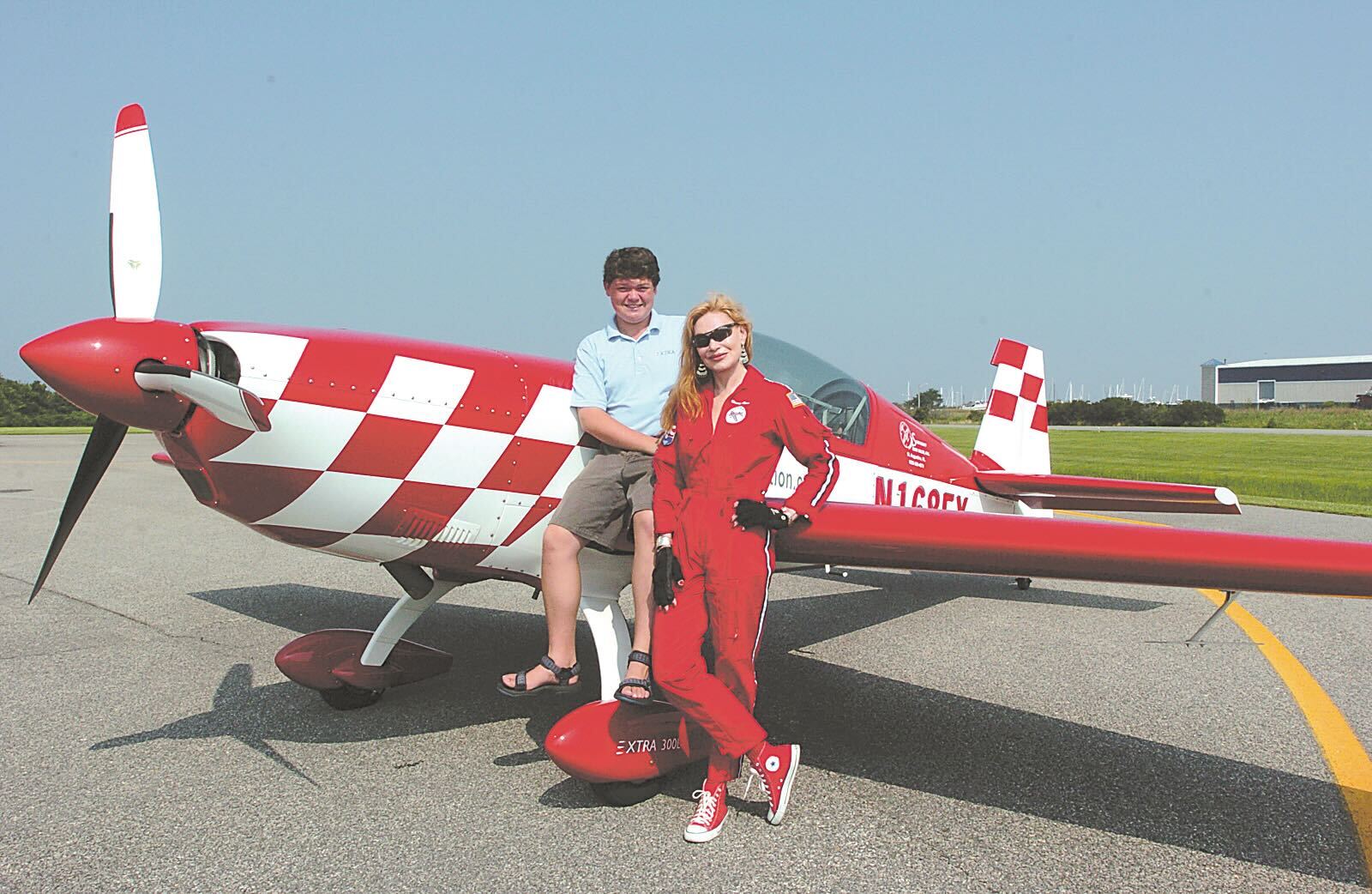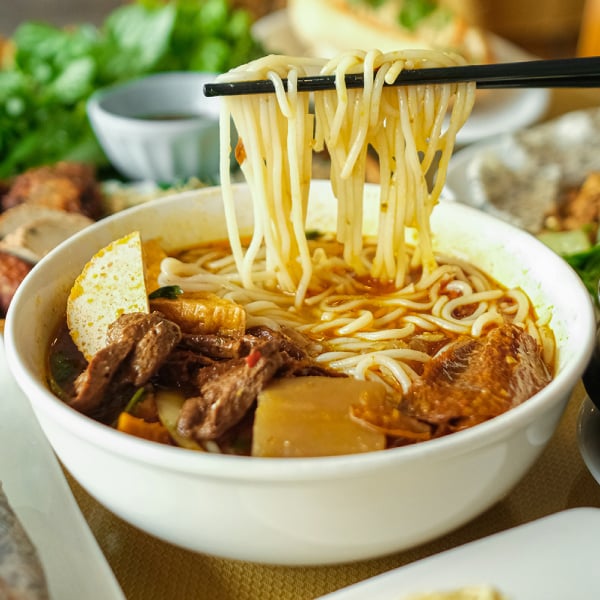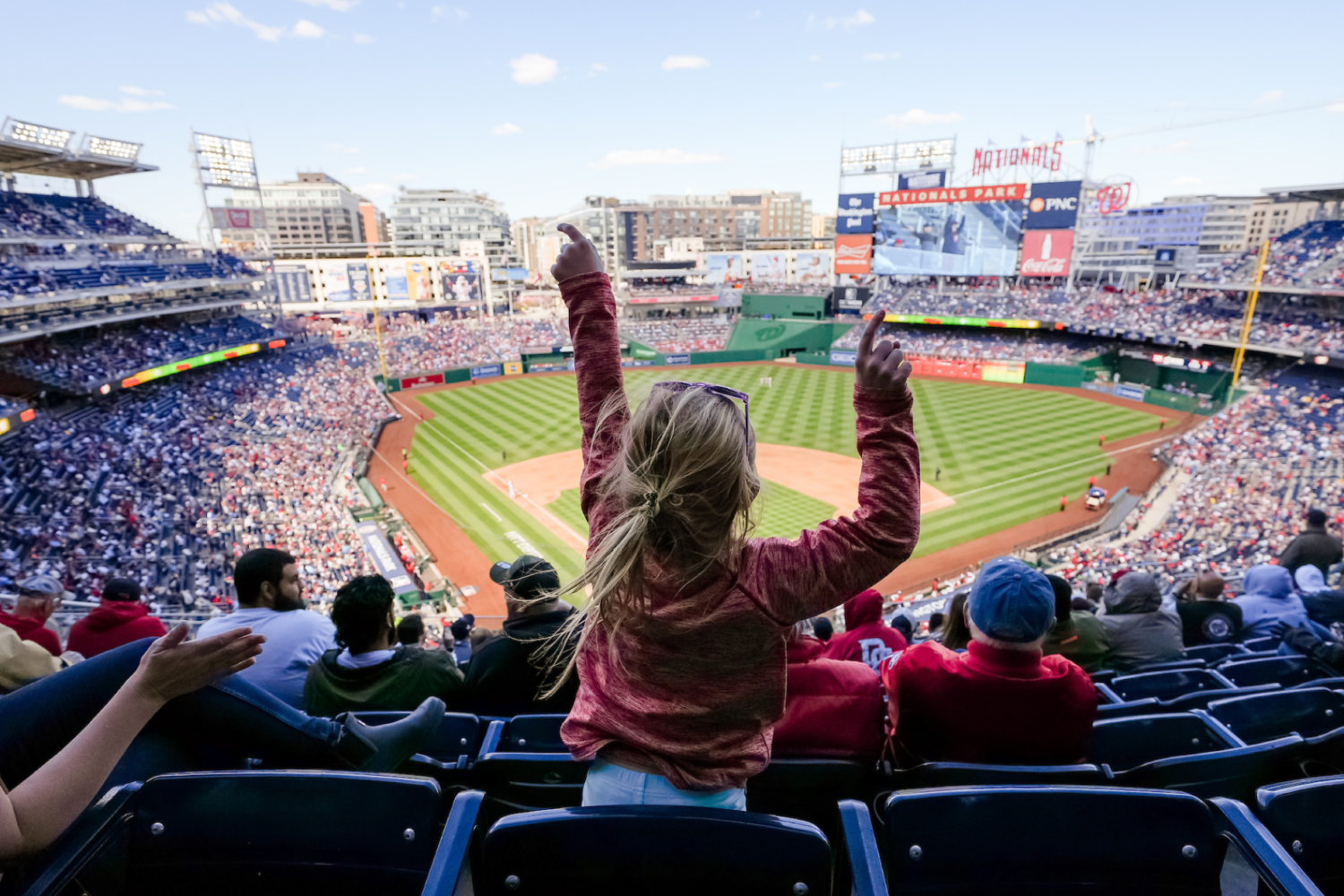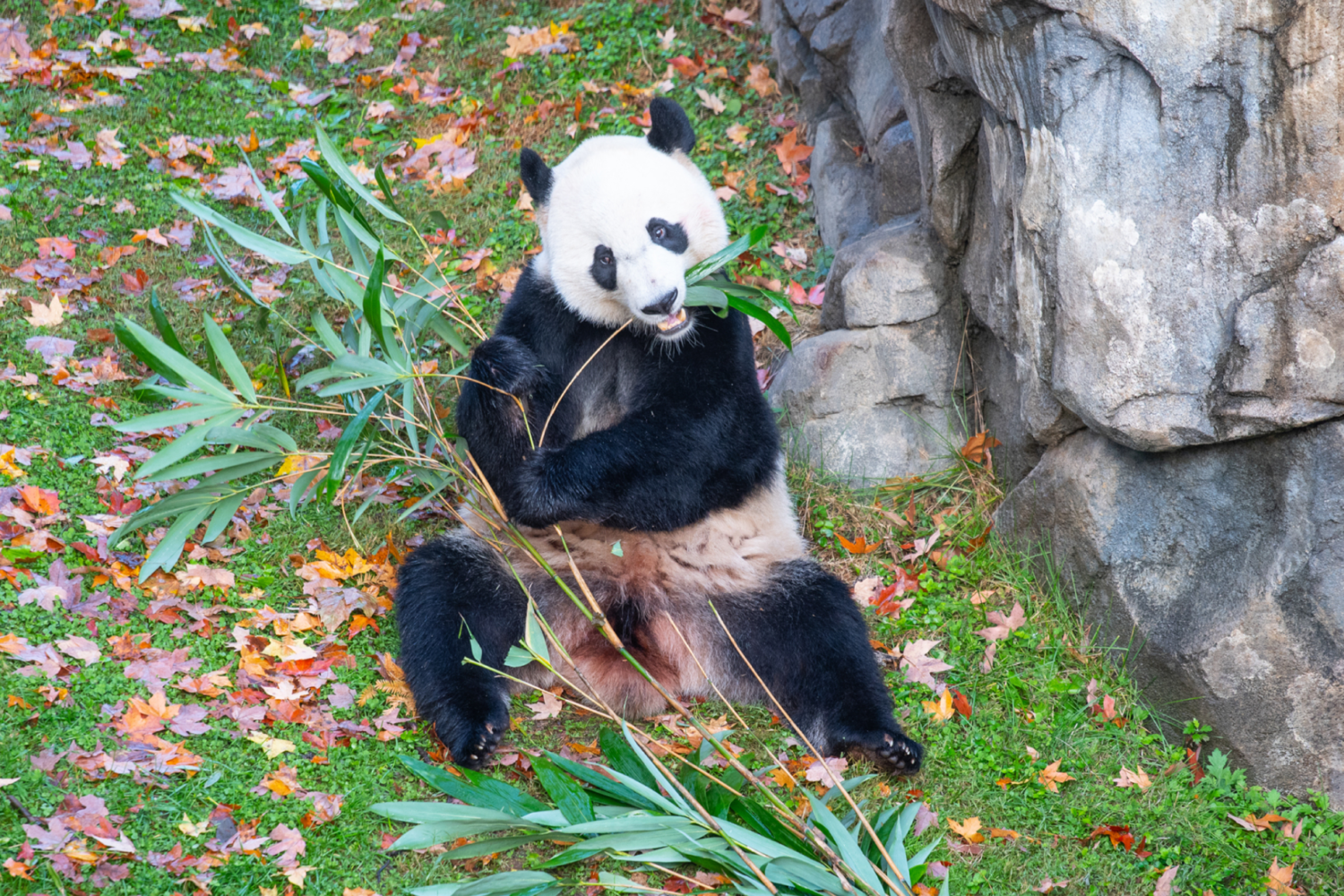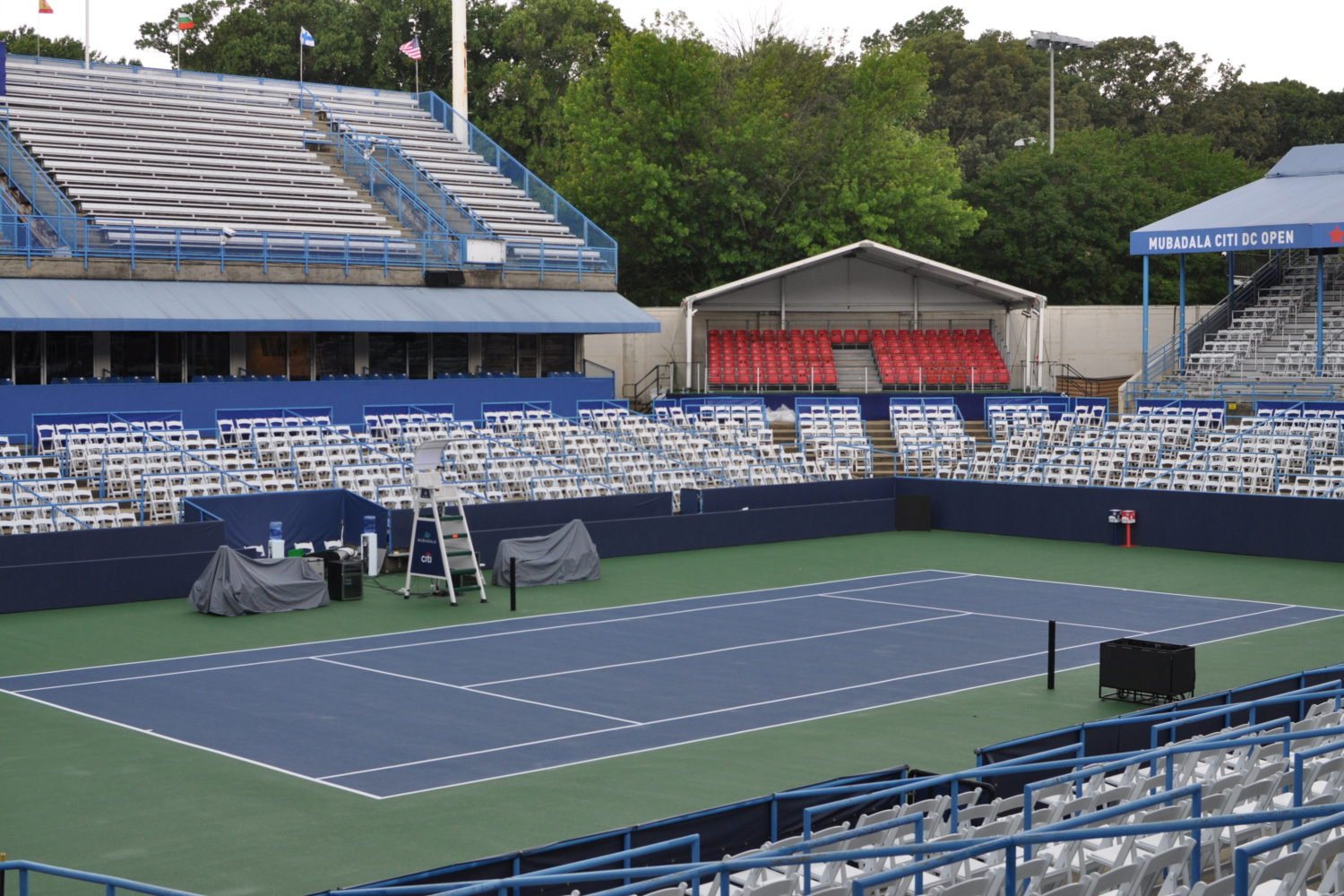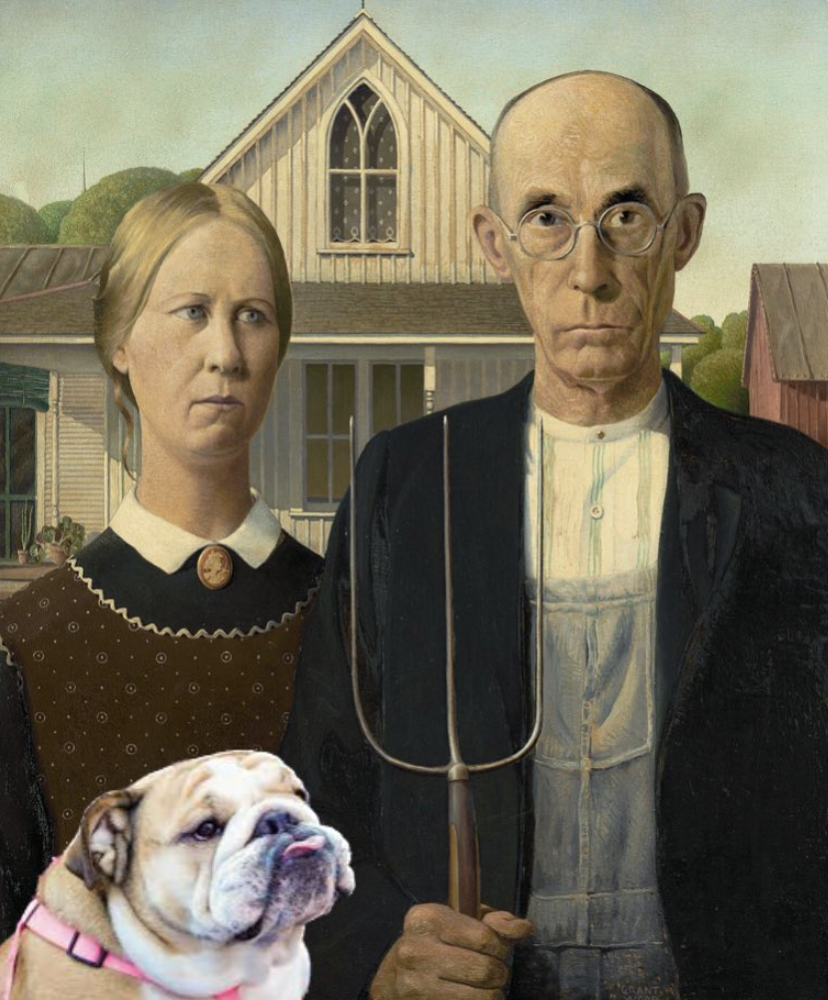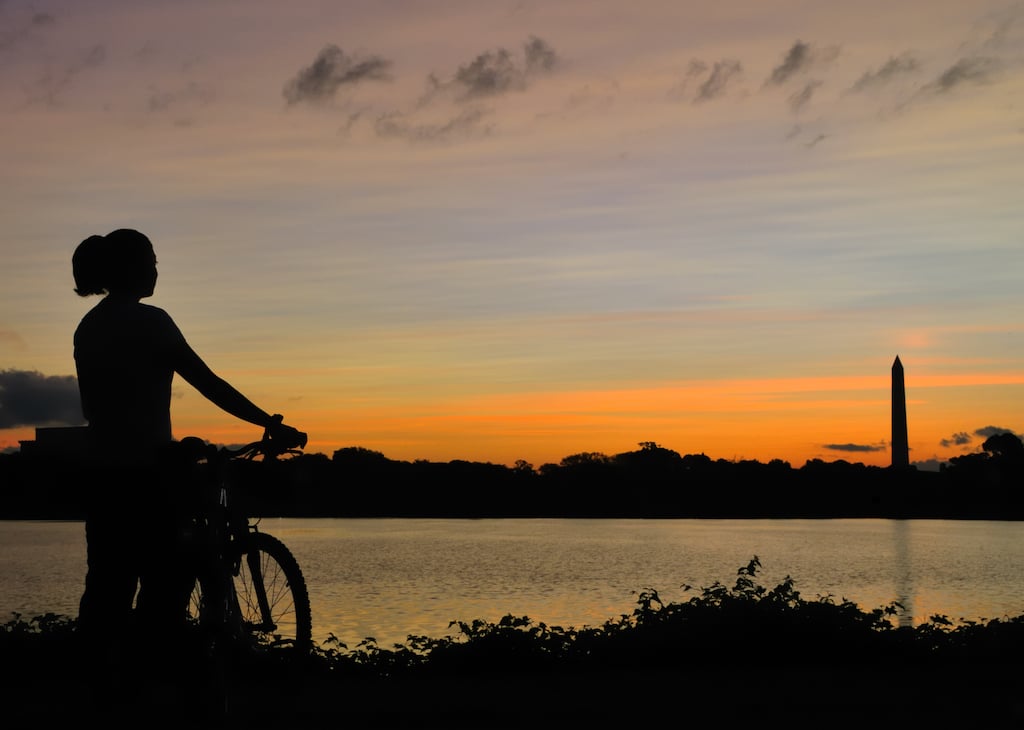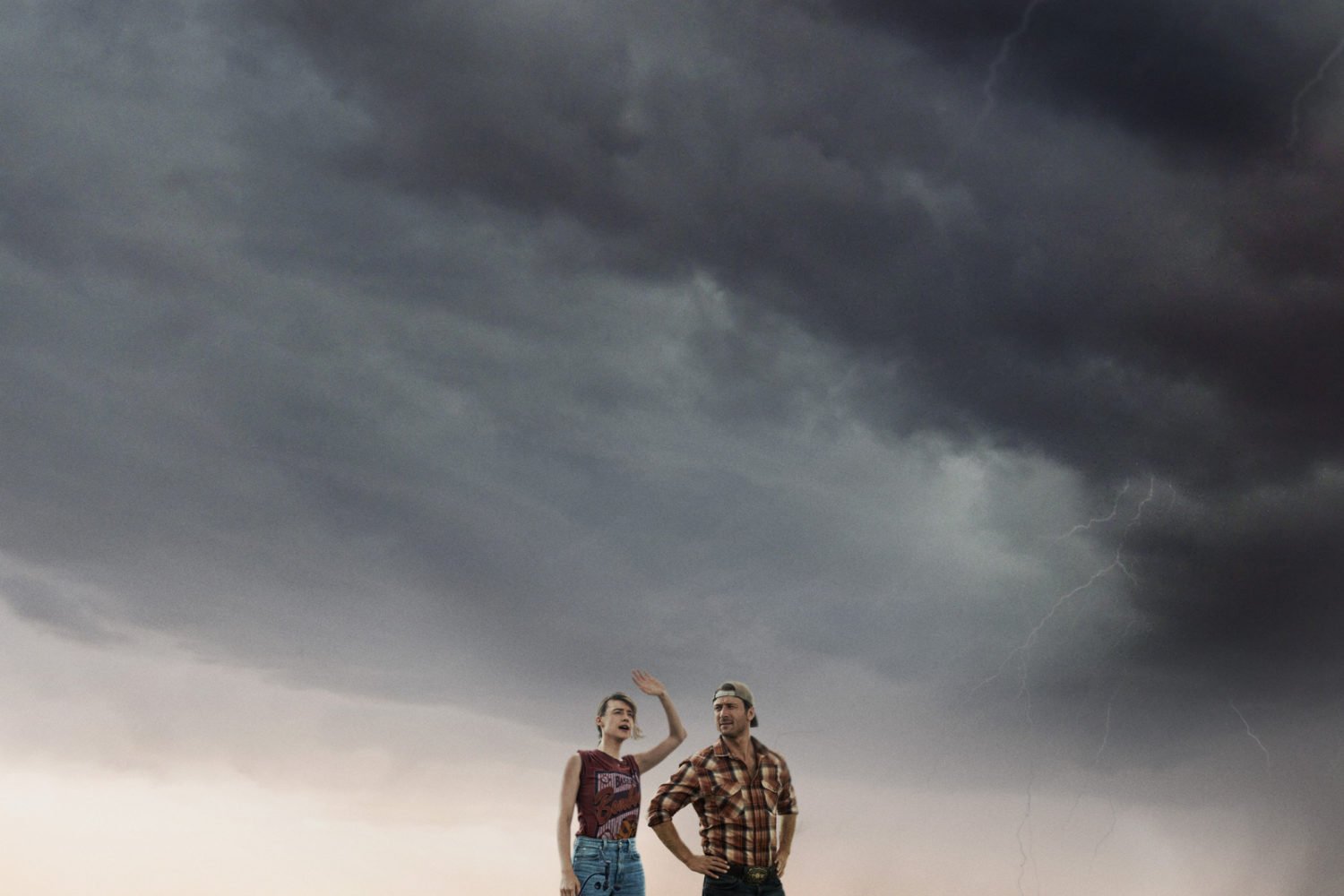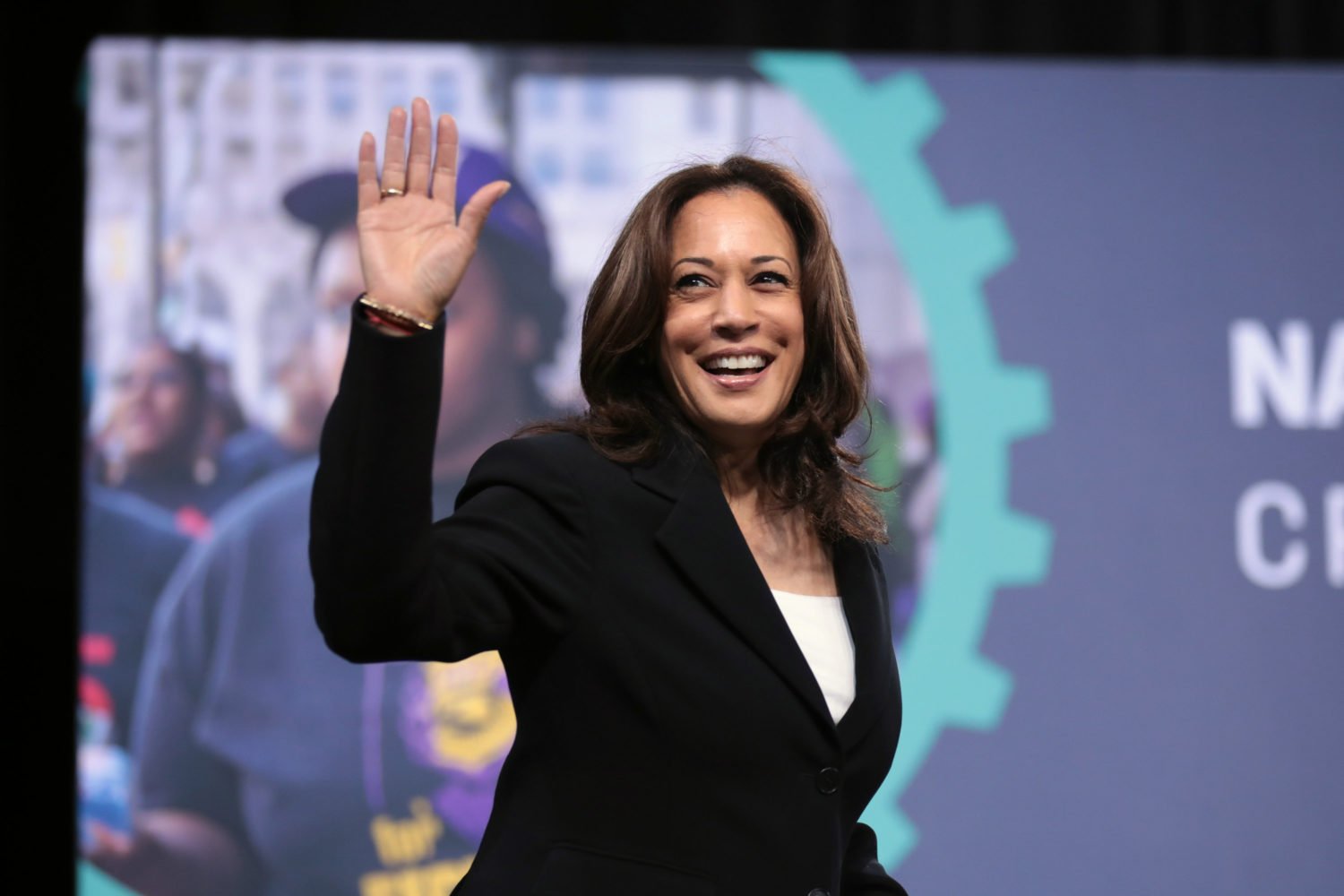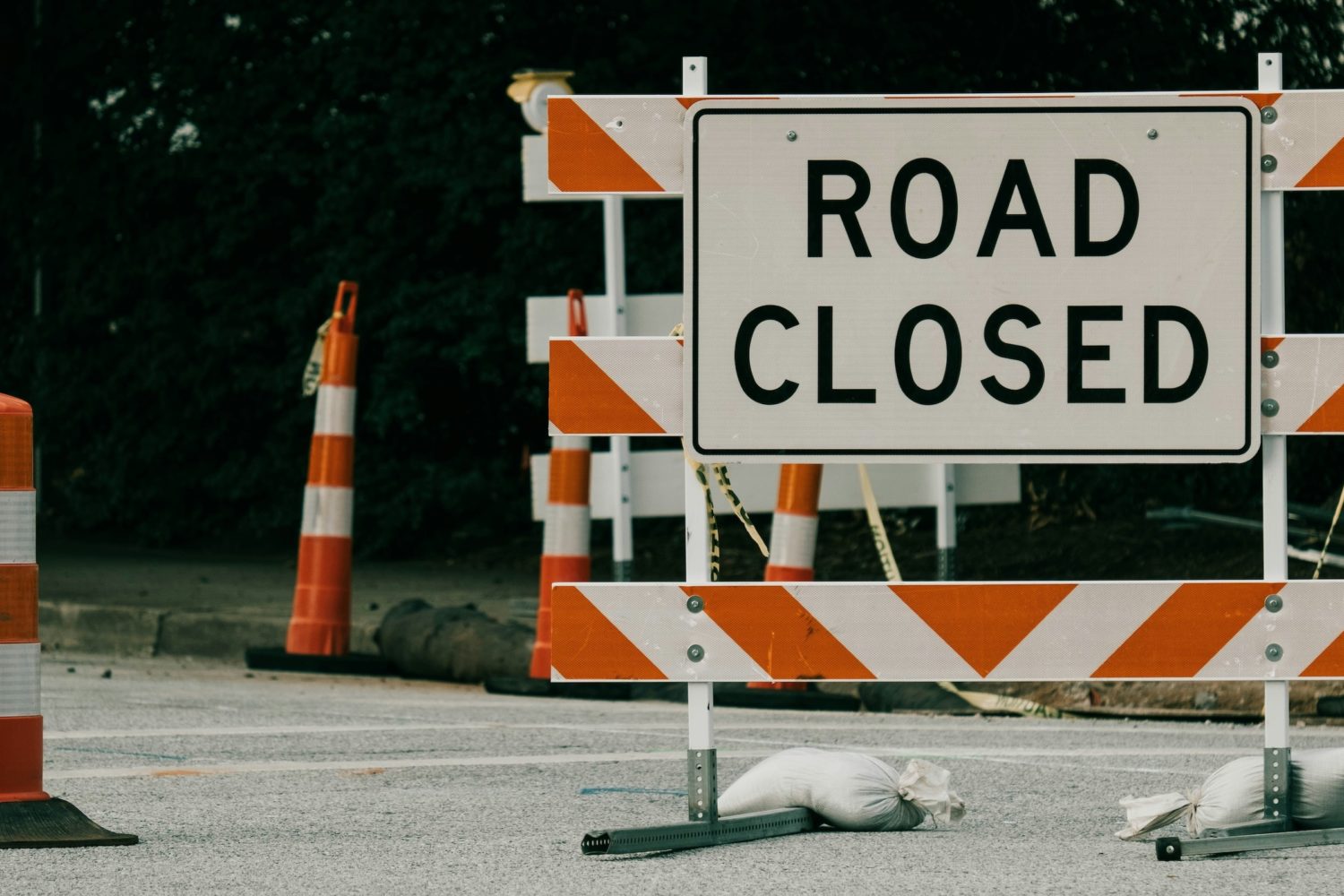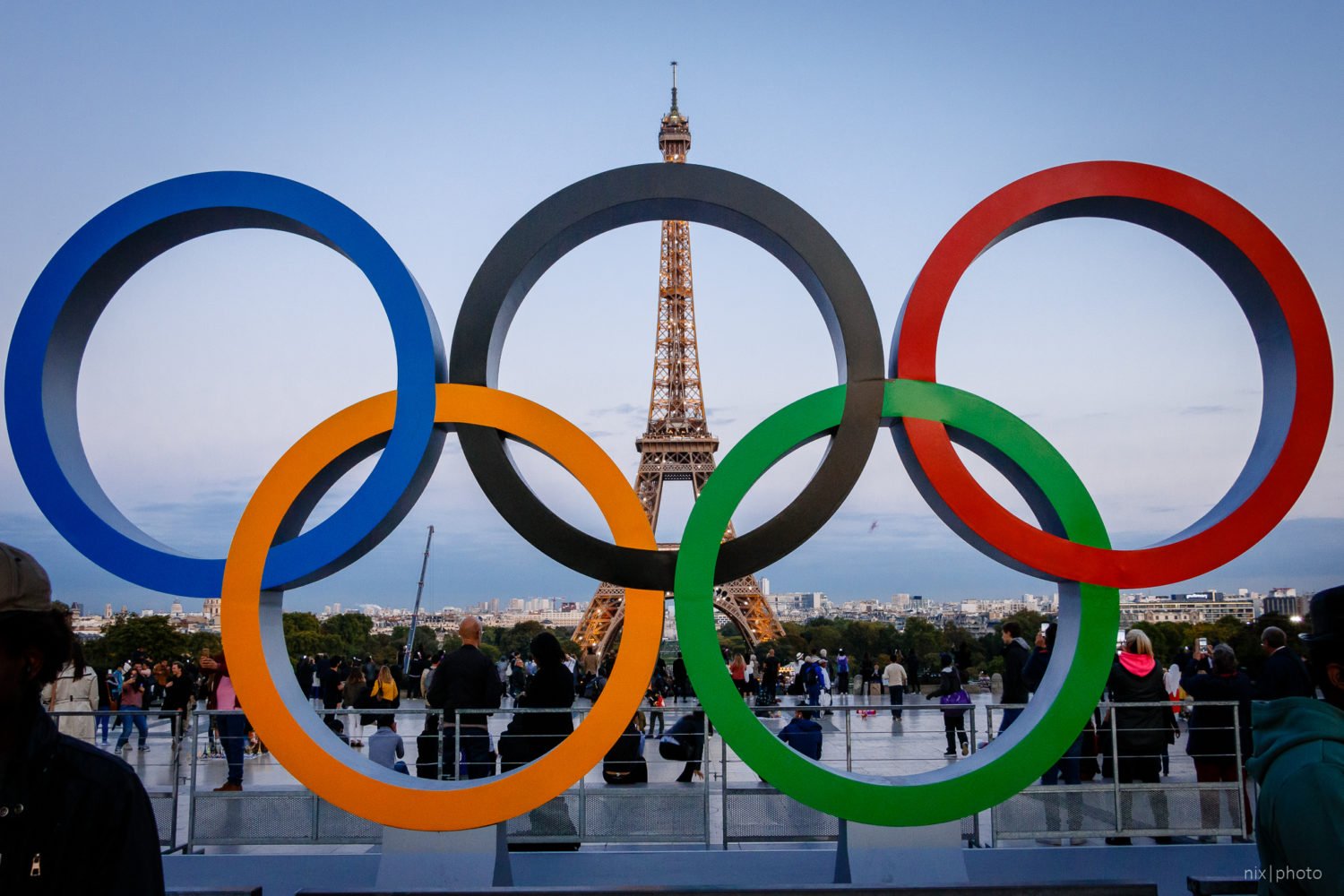As a CNN aviation and transportation correspondent, Pete Muntean doesn’t just talk airplanes—he flies them. When not reporting, he regularly climbs into his yellow-and-blue Super Decathlon and soars the skies, competing in aerobatic competitions. It’s in his blood: Muntean’s parents were also avid pilots. “For as long as I can remember, I was in airplanes,” says Muntean, who grew up in Annapolis and began learning to fly in his teens. At 18, he flew solo for the first time, a momentous occasion that was followed, a couple months later, by tragedy when he witnessed the plane crash that took his mother’s life. Carrying on in her spirit, he climbed back into the cockpit about a week later. He reflects here on those two very different flights.
“It was August 14, 2006, and I was flying with an instructor, John Galdieri, who’s still a friend. We’d flown to an airport in Easton. John had me do a couple landings and was like, ‘Okay, I’m gonna get out now.’ He started to unplug his headset and open the door when I said, ‘Have you asked my mom?’ He was like, ‘Dude, if I asked your mom, you’d never do this.’
“I’d spent my entire childhood and adolescence thinking, ‘What will it be like when I first solo?’ Every pilot will tell you it’s a magical moment, and it was just incredible. Without the weight of the instructor, [the small Cessna 152] flew like a rocket ship. I felt like I was truly leaving the nest.
“John was a friend of my mom’s, and [following her crash] I think he had a lot of ownership in my ability to keep flying and not lose that spark. After what I saw—which I’d describe as pure horror, extreme trauma—it would be easy to be like, ‘I’m good with [not] flying.’ But we flew not long after in a [six-seat] Bonanza. John was working for a company that needed to pick up people in different places, and he was the pilot. I was in the copilot seat, and I remember looking around and seeing these layers of overcast. There’s some sort of metaphor in there, because the overcast was parting, in a way, as we were moving over the ground. I felt, ‘Okay, this is going to be all right.’ I don’t know where that sort of divine intervention—an inspiration to continue—came in, but it happened and I’m grateful.
“My identity was very attached to my parents and what they did. I traveled with my mom to air shows, I announced for her air shows. It’s such a big part of who I am that I feel like I probably couldn’t end up giving it up, but there was something about that first flight back [in the cockpit]. There was a bit of trepidation, too, but I felt like it was going to be okay.
“Flying has been a really formative thing for me, not only because it keeps me in touch with my past, but it al-so informs my reporting and where I’m going.”
This article appears in the May 2024 issue of Washingtonian.

